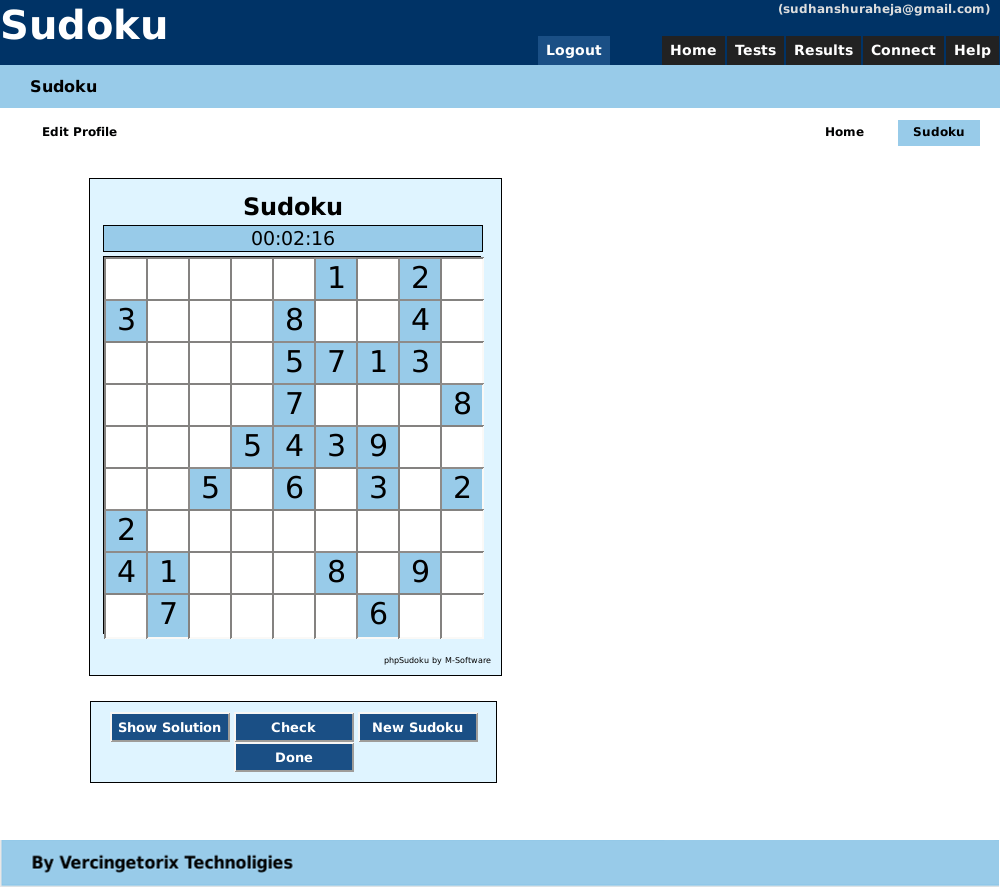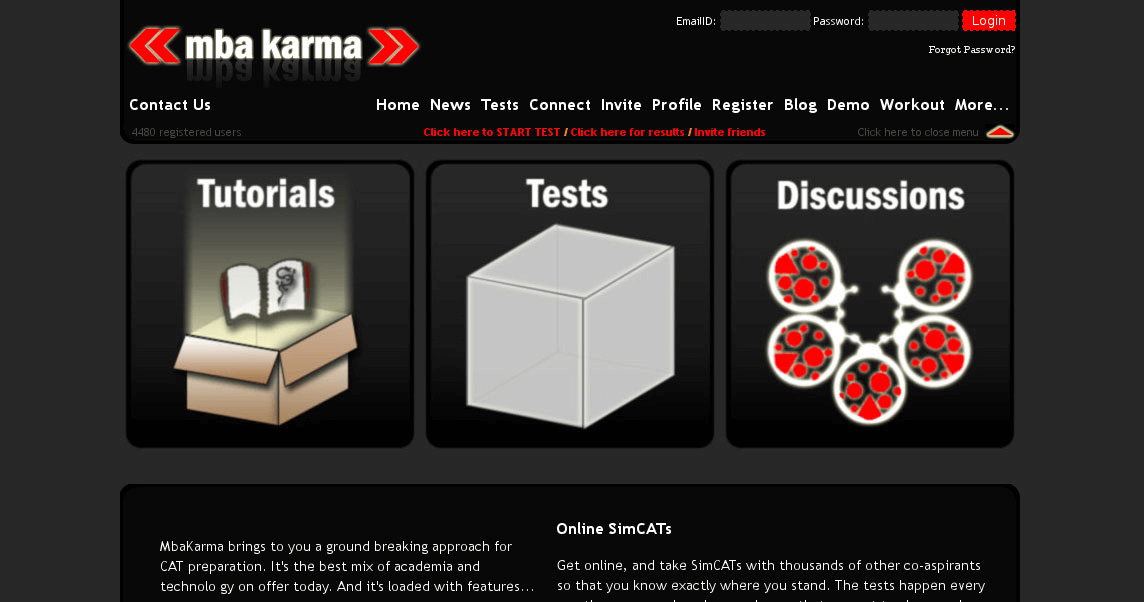
My First Steps Toward Entrepreneurship
My first job was at Phoenixgen Systems, a startup in the financial systems space. Over the course of two years, I learned how to build scalable software and discovered the importance of taking pride in what you create. When the company was acquired in 2006, I decided not to transition to the new organization. Instead, I moved back from Sydney and made the bold decision to open my own business.
However, choosing to start a company wasn’t straightforward. Initially, I considered pursuing an MBA and spent several months preparing for the GMAT. I scored around 750, but when it came time to write my essays, I realized that my true passion was entrepreneurship. That’s when I knew I wanted to build something of my own.
The Birth of MBAKarma
At the time, there were no well-known startups in India, but the internet was gaining momentum. Twitter had just launched, Basecamp was an incredible success story, and Facebook was starting to outshine Orkut. Inspired by this digital revolution, I decided to scratch my own itch and build MBAKarma, a platform where students could prepare for exams online. The first exam I chose to focus on was the CAT, which almost every engineering student at most colleges in India pursued.
Building a consumer product was exhilarating. I borrowed ₹5,00,000 from my dad, rented a small room in Kharadi, Pune, and dove into the project. In just six months, over 8,000 people registered on the platform, completing more than 50,000 tests. The feedback was incredible, but keeping the site running was a constant battle. My then-girlfriend (we later married in 2009) had moved to Gurgaon, and I found myself working 16-hour days, developing new features and making sure MySQL didn’t crash daily. Deployment disasters were common, but the experience was an invaluable learning opportunity.
Around this time, MBAKarma was featured in the Times of India, which was a huge milestone for me and the platform.
The Challenges of Monetizing MBAKarma
One thing I hadn’t fully considered was that, unlike the GMAT, the CAT exam was a seasonal affair. Most students didn’t prepare year-round; activity surged only a few months before the exam. I realized that the money I had would run out sooner rather than later. Venture or angel funding wasn’t widely available at the time, so I decided to implement a payment gateway and start charging users, while also trying to support the platform through ads.
Unfortunately, the ad revenue was minuscule. The only available payment gateway back then, CCAvenue, presented two obstacles: they required either a large deposit, which I couldn’t afford, or proof that my company was a Private Limited entity in operation for over three years, which it wasn’t. Neither option was feasible.
After CAT 2008, I had no choice but to inform my users that I would be shutting down the site. A few kind users sent money directly to my bank account, but it wasn’t enough to keep the business going. It was a tough decision, but a valuable lesson in the challenges of monetizing and sustaining an online platform.
A Glimpse of MBAKarma: A Nostalgic Look Back
For nostalgia’s sake, here’s what MBAKarma looked like in its early days (the domain is now owned by another company).
The original home page

Test results
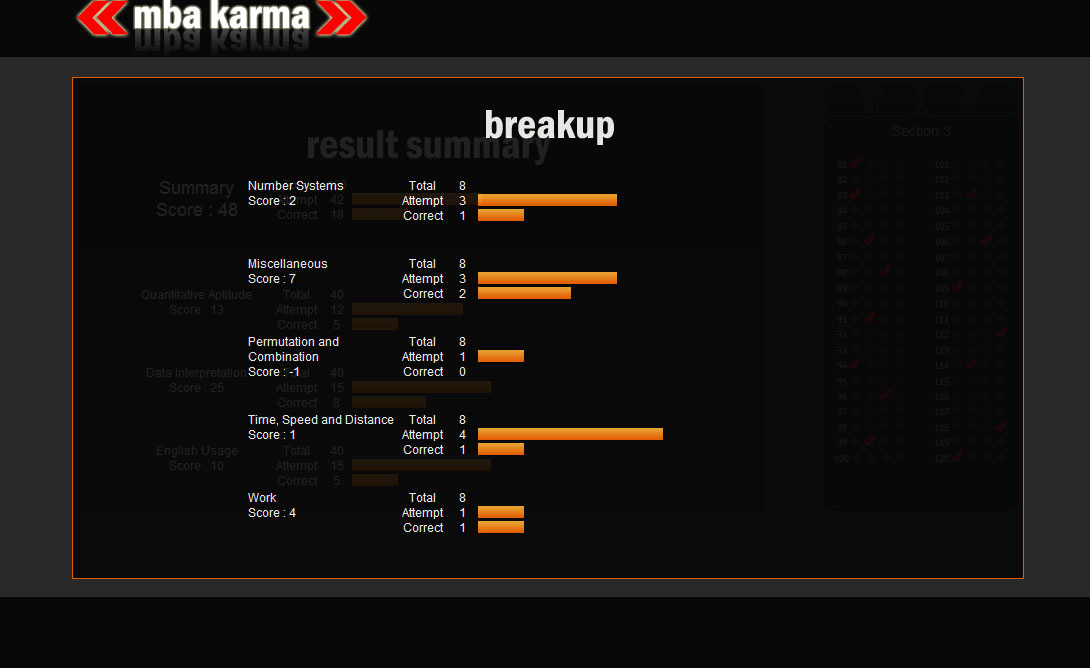
New home page, with ads
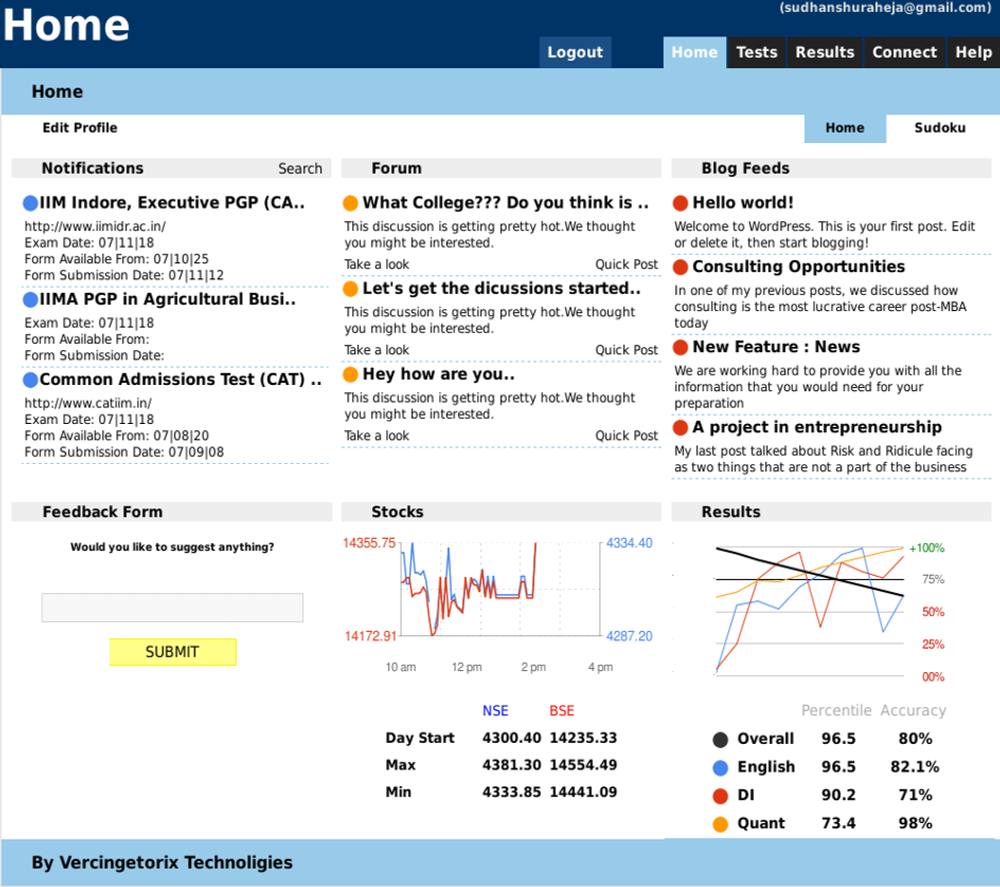
Test results
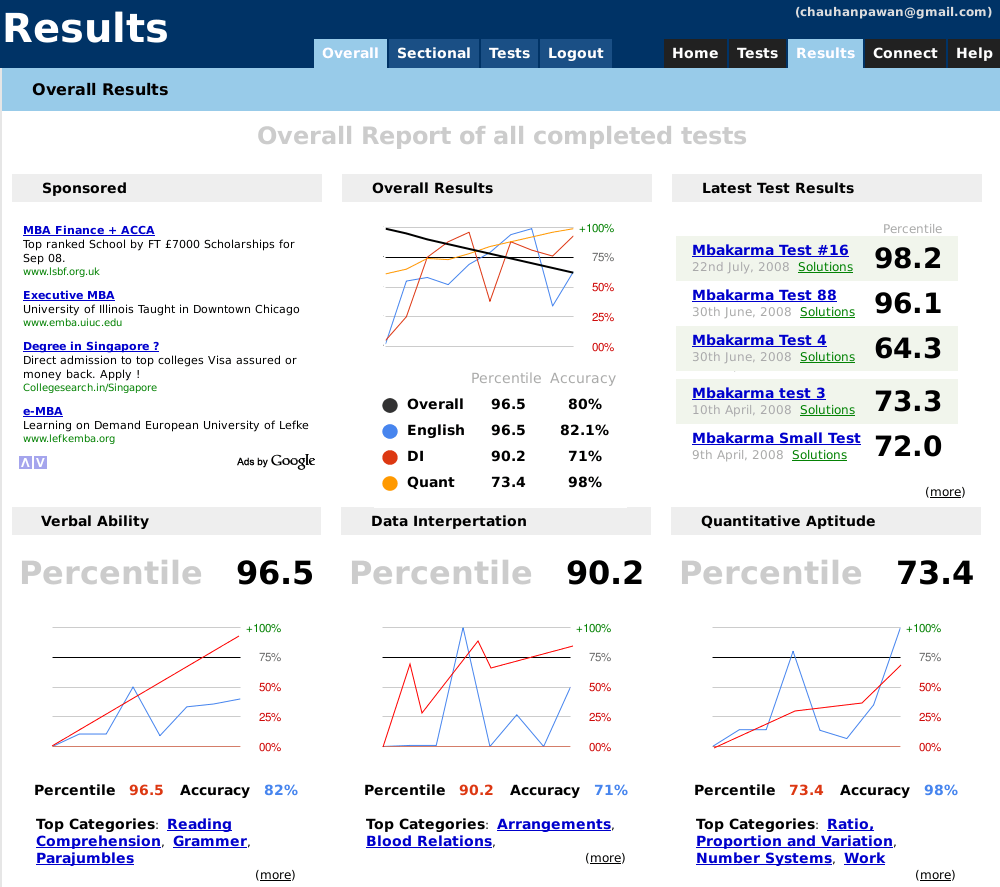
Test results
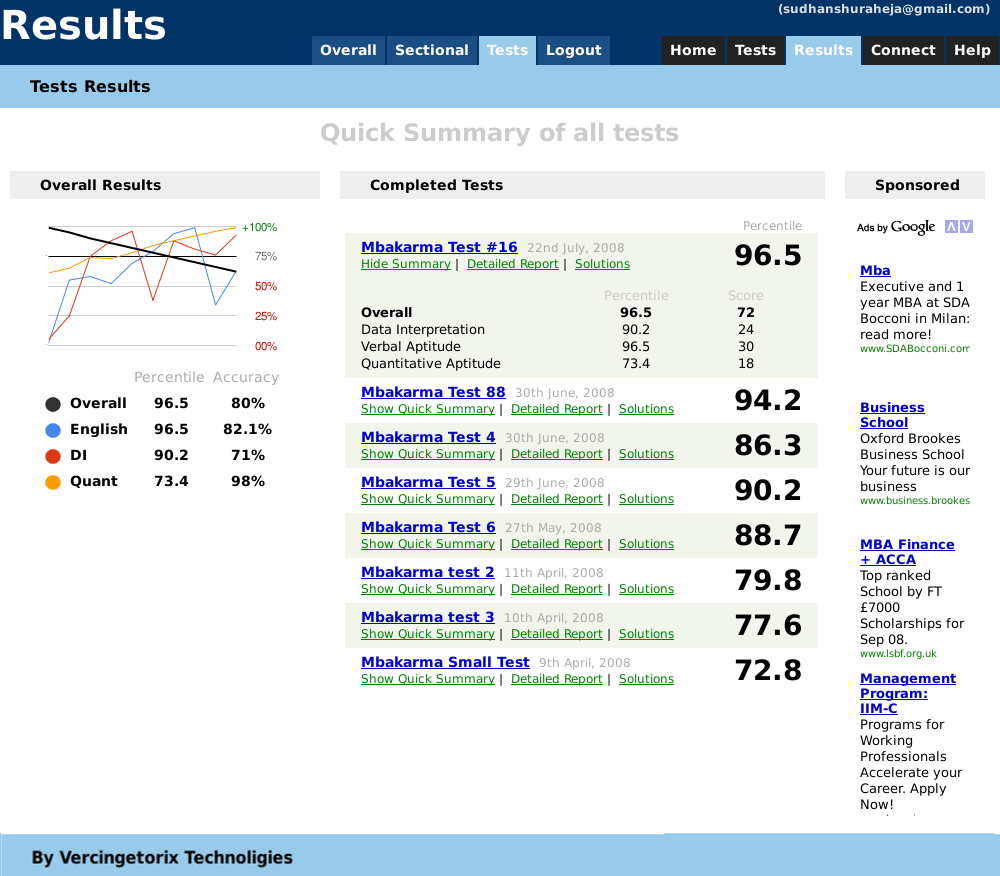
Test Interface
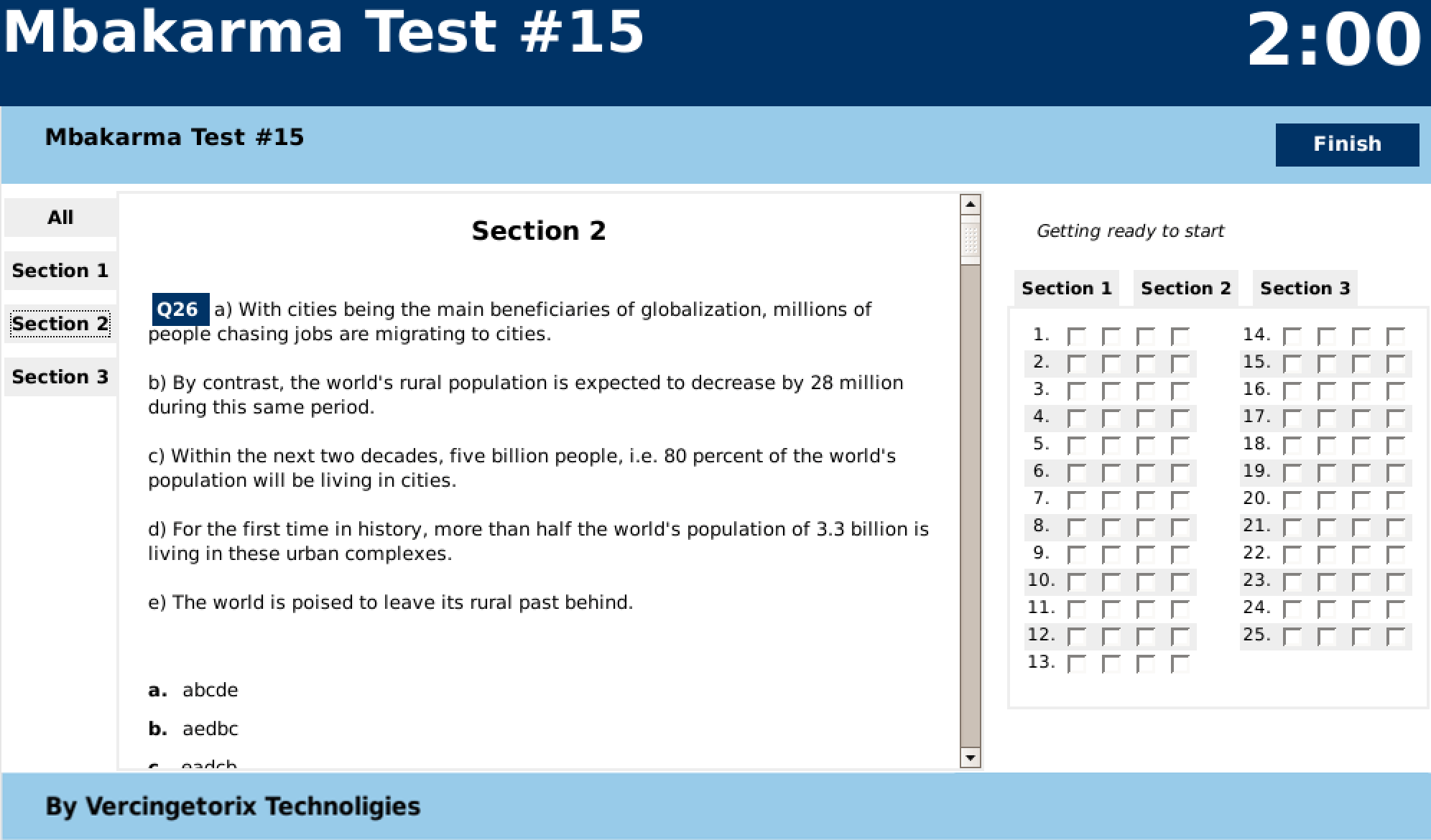
Section details
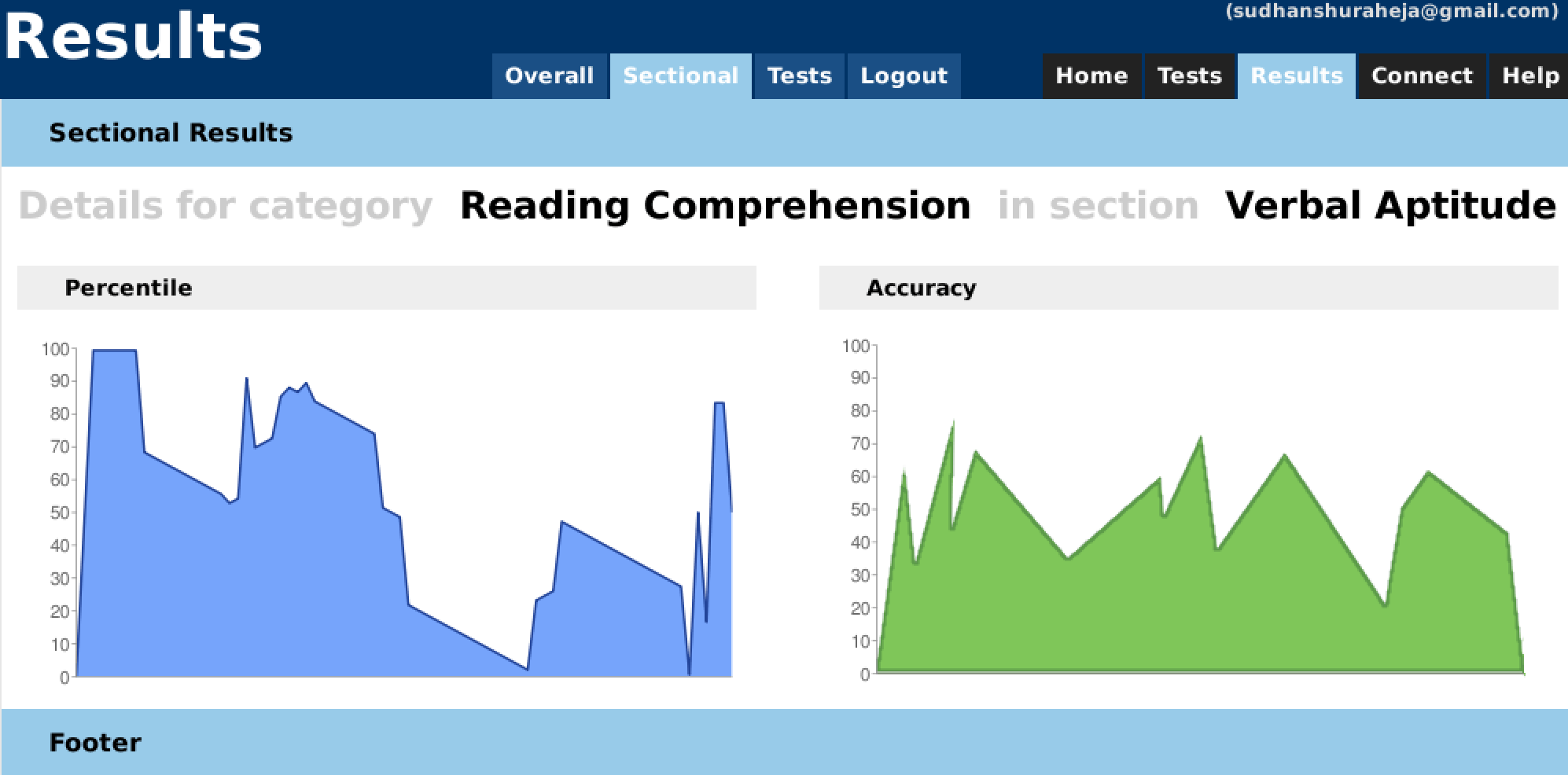
Test picker
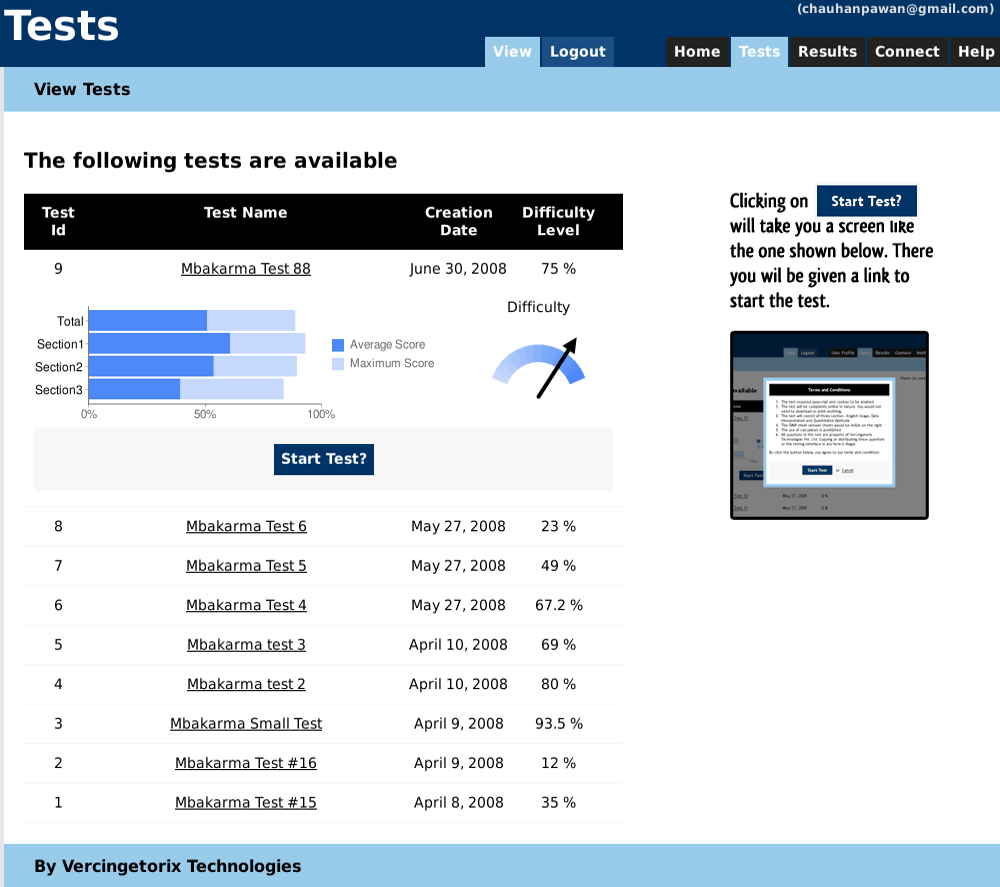
Sudoku, the best way to kill time
